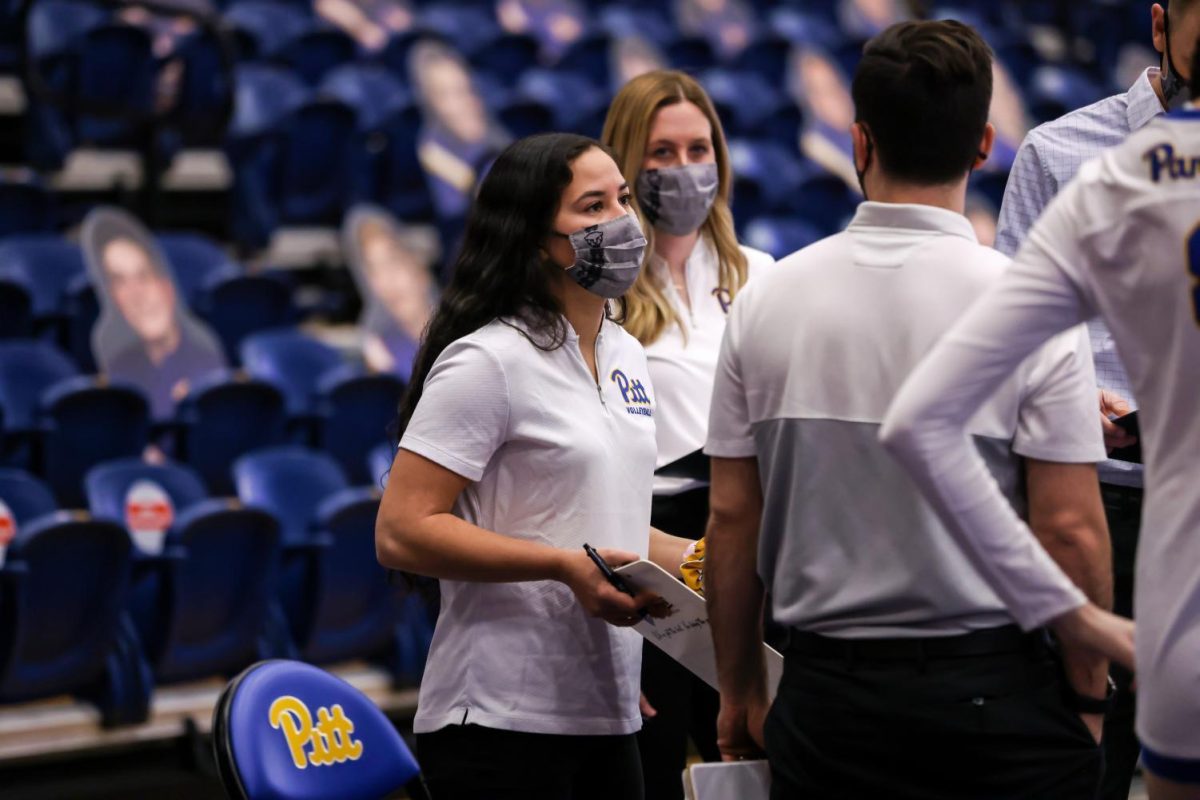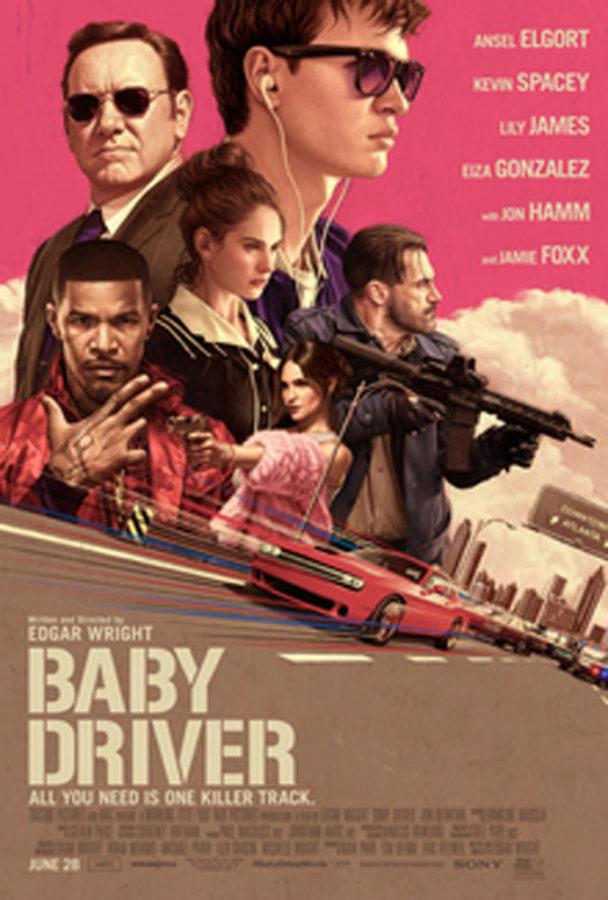After watching Edgar Wright’s new film “Baby Driver,” I have no doubt Wright would be a ton of fun at karaoke night.
Wright’s newest film prioritizes its soundtrack — packing a whopping 30 tracks — more than any other feature films to come out in the past few years, aside from James Gunn’s “Guardians of the Galaxy” films. Like his 2010 film “Scott Pilgrim vs. the World,” “Baby Driver” utilizes music to inform its narrative, themes, action and much more.
The titular protagonist of “Baby Driver” is a young, mostly-mute getaway driver working for the imposing Doc, played by Kevin Spacey. Baby — played by Ansel Elgort — has tinnitus from surviving a car crash in which his parents perished. With a constant buzzing in his ears, Baby always wears earbuds playing music to drown them out — going so far as to have “different iPods for different days and moods.”
Baby has one last job until he’s out of the game and can retire with his new crush, Debbie, or so he thinks. Baby’s last few jobs see him work with the obviously crazy Bats, the Bonnie-and-Clyde-esque Buddy and Darling and a handful of other mostly competent crooks.
The film opens hard with a quick robbery-turned-car chase scene set to “Bellbottoms” by The Jon Spencer Blues Explosion, providing the beat for the original song “Chase Me,” written by Danger Mouse and featuring Run the Jewels and Big Boi. We are introduced to Baby as he waits in the driver’s seat of a red Subaru mouthing the words to the song, while the bank robbery occurs mostly out of view.
The music in this film can’t be talked about enough. Whether it’s a continuous take of Baby going on a coffee run set to “Harlem Shuffle” by Bob & Earl or an entire shootout scene laid over “Tequila,” by The Button Down Brass, the scenes set to music are cinematic perfection. I’d be completely fine if “Baby Driver” didn’t have any dialogue at all. In fact, I hope that’s the Director’s Cut.
“Baby Driver” is somewhere between a musical and a playlist of music videos. In most films, the music is secondary to the film footage. Here, the music comes first, with shots being fired in time with the guitar licks in “Hocus Pocus” by Focus.
Even in the one take coffee run scene, background dialogue on the street occurs in tandem with the music instead of the music just happening behind the action. It’s this kind of experimentation that makes Wright such a refreshing director. Scenes like these are the culmination of a career of pulling these tricks off in short sequences in his films — an early example being the jukebox fight scene in “Shaun of the Dead,” his breakout hit.
Wright’s characteristic comedy features in the film as well, though it’s restrained in most scenes in favor of a much more genuine feeling. Perhaps the most genuine are the scenes between Baby and his deaf foster father, Joseph, played by a sprightly CJ Jones, in which they converse in American Sign Language while Baby is listening to music, with Joseph placing his hand on the speakers to feel the vibrations.
Perhaps because of the film’s focus on music, the story and characters unfortunately suffer. Baby is the film’s only well-defined character, with the secretive nature of the heists — Doc never works with the same crew twice, except for Baby, who Doc considers his lucky charm — not allowing for much background on Baby’s temporary partners.
Even Debbie — who is only ever shown out with Baby or working as a waitress at a diner — is never really developed outside of “wanting to get away” from her current life.
However, the performances in “Baby Driver” go far to make up for the flimsy characters.
Jamie Foxx and Jon Hamm chew up every scene they’re in as Bats and Buddy, respectively. Kevin Spacey plays Doc with such cool intimidation that you almost completely forget the name Frank Underwood, especially considering both characters are oddly similar, sans Southern accent.
Lily James may not have much to do as Debbie, but she does most of the work opposite Elgort in making Baby and Debbie’s relationship seem endearing. And Elgort plays Baby just flat enough, instilling passion only when needed alongside seasoned veterans like Spacey, Hamm and Foxx.
“Baby Driver” may not be Wright’s best, but he mixes the right amount of experimentation and old tricks into the film, even if some parts of it should have been road-tested a few more times.



